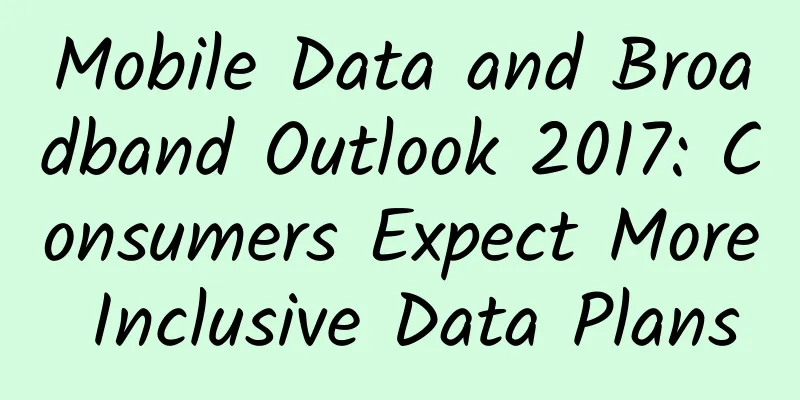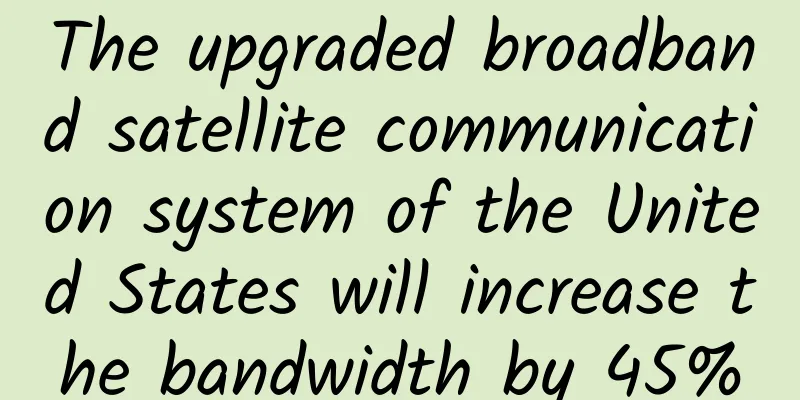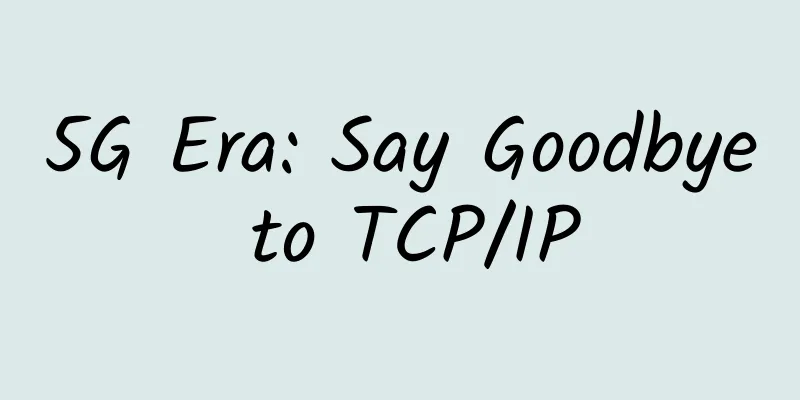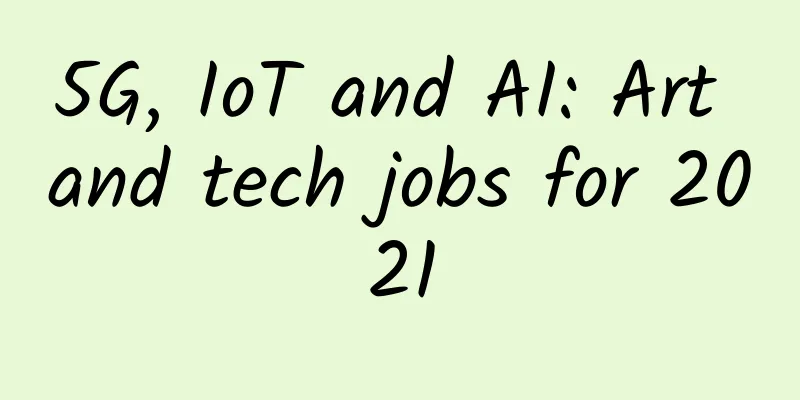Mobile Data and Broadband Outlook 2017: Consumers Expect More Inclusive Data Plans

|
According to foreign media reports, as an industry that never stops, the telecommunications industry has undergone many major changes in 2016, and it is certain that there will be even more changes in 2017.
Cellphone service plan charges could fall further, but recent trends suggest people should expect more inclusive data plans rather than big price cuts. I would like to see how mobile phone plan structures develop in overseas markets in the future, and for Australia, recent changes in the US market are very interesting. A key difference is the removal of all excess usage charges. Currently, major U.S. telecom companies throttle mobile data speeds when customers reach data caps, effectively eliminating data bill shock. This puts a cap on how much users can spend on mobile plans each month and gives telecom companies the opportunity to advertise their "unlimited data" plans -- even if only some of them reach full 4G speeds. For all this extra data, I hope telecom operators will bundle more content to help users use data more efficiently. This year, Optus bought the rights to broadcast English Premier League football and bundled it with customer plans, while Telstra and Vodafone already have close ties to the streaming music and video industries. It’s hard to guess the exact content partnerships, but it’s a safe bet that there will be more of them in the future. When it comes to the broadband market, all eyes are on the National Broadband Network. The number of homes and businesses connecting to the network continues to rise every month, meaning more households are now asking: "Should we connect to the National Broadband Network, and what speeds will it offer?" In fact, it's a big one. Despite the partisan bickering, the National Broadband Network is Australia's most important infrastructure project in decades - albeit one with a mission of its own. Early reports suggest that most households are waiting for the National Broadband Network, while those that do have broadband are opting for the slowest, cheapest plans. The National Broadband Network is expected to enhance its communications capabilities over the next year, offering all the benefits of a 100Mbps connection. 2017 will see greater advances in the future of the internet, virtual reality, remote health care and education, and higher-resolution video. The problem now is that it's hard to convince someone to pay now for a feature they might enjoy in the future. |
>>: Brocade Launches New Agile Data Center Portfolio to Help Enterprises Transform Digitally
Recommend
How to Choose the Right Switch for Your Network?
When it comes to networking, switches are crucial...
China Telecom faces four major challenges in network reconstruction of SDN/NFV practice
On July 11, 2016, China Telecom released the &quo...
Are there fake Gigabit routers? Have you ever avoided these manufacturers' pitfalls?
The story of how home networks are as slow as a s...
Interviewer: Tell me how Nginx handles requests? Why doesn't Nginx use a multi-threaded model? What are the Nginx load balancing algorithms? What are forward and reverse proxies?
Interviewer: Can you tell me how Nginx handles re...
Just look at these three pictures and you can understand the OTN layered structure
OTN (Optical Transport Network) is a hierarchical...
LiCloud National Day Promotion: Hong Kong dedicated server first month from $19.99, Hong Kong high bandwidth VPS annual payment from $17
LiCloud.io has launched this year's National ...
Ministry of Industry and Information Technology: The total number of 5G base stations in my country has reached 819,000
Recently, the Ministry of Industry and Informatio...
Wenku: Improve the IPv6 standard system and develop key standards
On October 11, the 2021 China IPv6 Innovation and...
5G bearer technologies have their own advantages, but optical fiber transmission is still a mystery
Recently, China Telecom released the "5G Era...
RAKsmart: Hot-selling servers starting from $46/month, Hong Kong/Korea/Japan/US data centers, half price for the first month
A few days ago, we shared information about RAKsm...
In the next generation technological revolution, the Internet of Things, who will play the role of “vanguard”?
The Internet of Things (IoT) is widely regarded b...
Addressing IoT and edge computing security challenges
Edge computing provides computing, storage, and n...
Talk about the communication protocol I2C subsystem Hs Mode
1. I2C Hs-mode Why is HS mode explained separatel...
Serverless Engineering Practice | Quickly Build Kubeless Platform
Quickly build a Kubeless platform Introduction to...
How can the CDN industry break through the era of negative gross profit?
Since the Ministry of Industry and Information Te...









